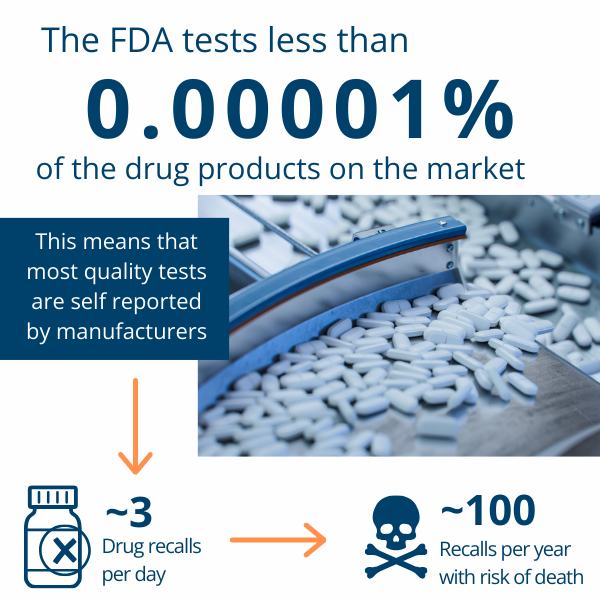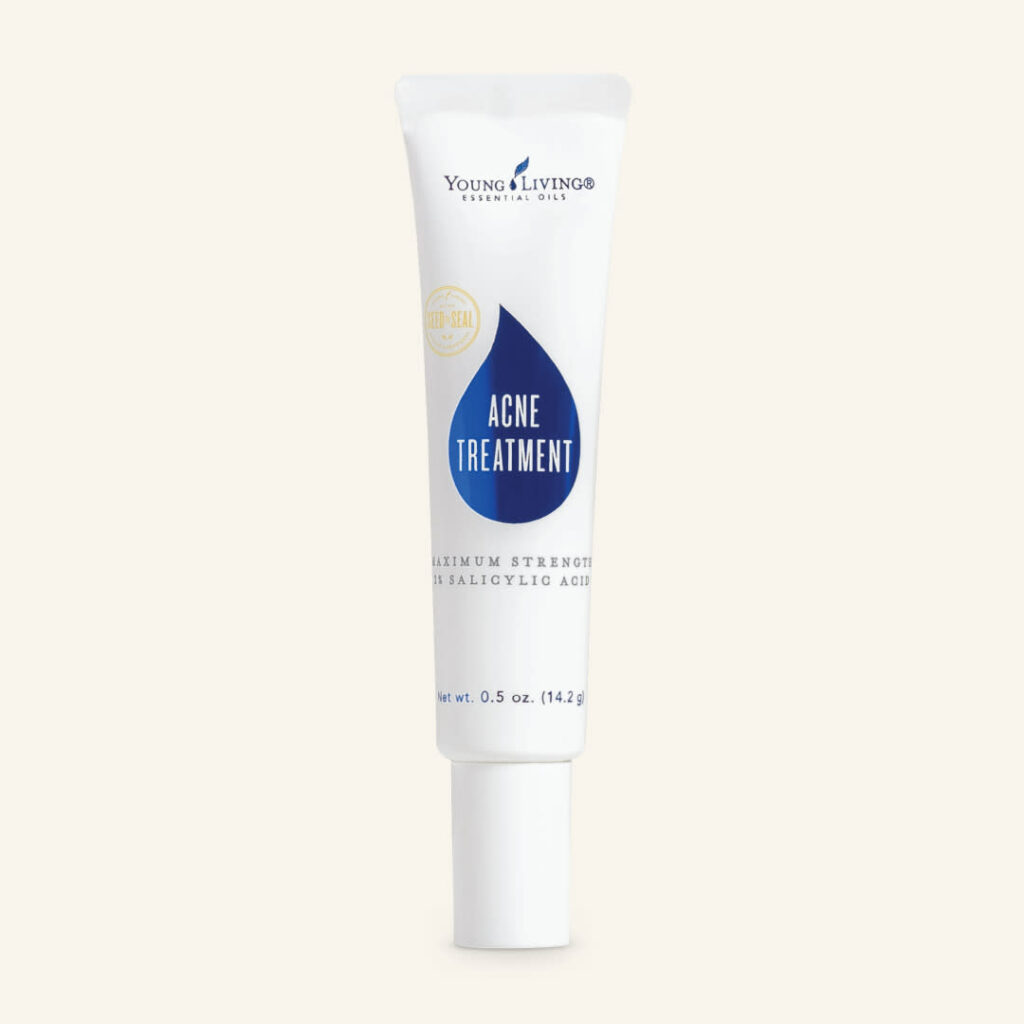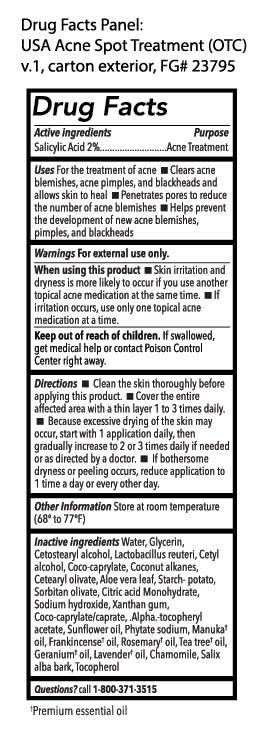Oooh boy. Here we go again. I can’t count the number of times I used prescription and OTC products containing benzoyl peroxide (BPO) growing up in the 1980’s. Thankfully, I only had a spotty acne history (ha! accidental pun there
Here we go again. I can’t count the number of times I used prescription and OTC products containing benzoyl peroxide (BPO) growing up in the 1980’s. Thankfully, I only had a spotty acne history (ha! accidental pun there  ), but I had lots of friends and family members who relied on benzoyl peroxide to treat some pretty hardcore acne. Now, we find out that BPO can pretty easily turn into the carcinogen benzene under the right conditions (for example: BPO product sits in a hot
), but I had lots of friends and family members who relied on benzoyl peroxide to treat some pretty hardcore acne. Now, we find out that BPO can pretty easily turn into the carcinogen benzene under the right conditions (for example: BPO product sits in a hot
 transport
transport 

 container or a backpack or bag in a
container or a backpack or bag in a
 hot car and things go south
hot car and things go south  pretty quick).
pretty quick).
I’ve talked to numerous people over the years who have discovered (just like I have) that perhaps our society’s propensity for skin cancer doesn’t lie in being in the sun a lot…. rather it lies in the toxins we put in our body and on our body. Clean up the toxin load, and interesting changes occur. I’m a blue-eyed blonde. I can be out in the sun all day and will not get burned… often not even get pink. That didn’t used to be the case. I used to get sunburned at least a few times a year in my much younger years. What changed? 
The last 23 years of learning what toxins do to a body, and making some educated changes!
I wouldn’t be surprised if someone were to dig deeper, that this new BPO information wasn’t so new after all. “They” are quite good at hiding information for the sake of the $$.
If you’ve got kiddos in the acne era of their lives, avoid the benzoyl peroxide acne formulations. Young Living has a stellar acne spot treatment that zaps zits like a champ. No BPO…. just clean ingredients! Pair it up with the charcoal bar soap (or the mask you might have gotten as an order freebie a few months ago!), and you’ve got your dream team for your favorite teen (or maybe yourself….. tho if you have an adult acne, we should chat because root cause varies, and the skin is just a mirror to what is really going on inside. )
Link to order safe (no BPO) acne treatment products here: https://www.youngliving.com/us/en/myaccount/wishlist…
Know better. Do better. Live better.
I’ll post a link to the article in the comments section.
hugs friends, Liz









